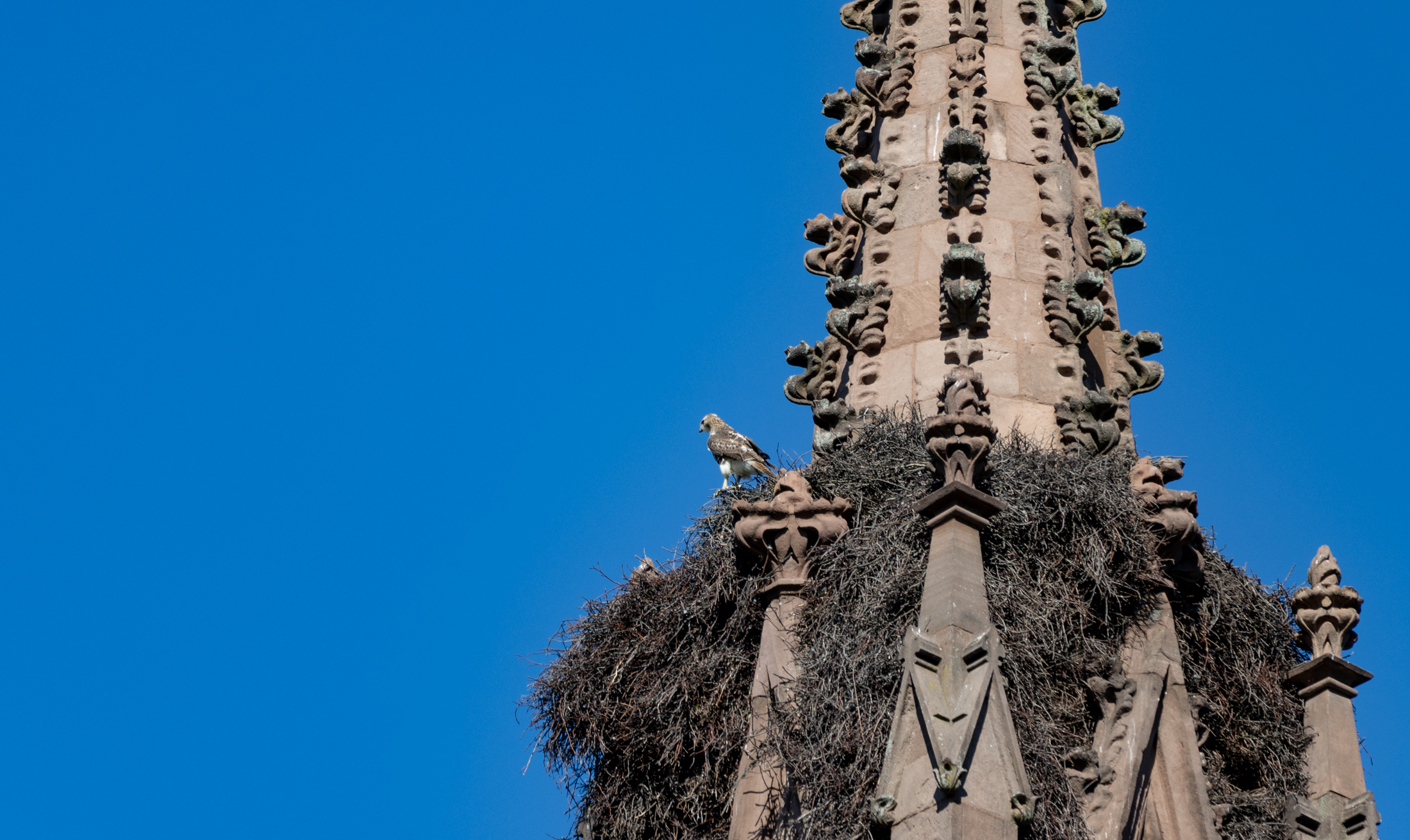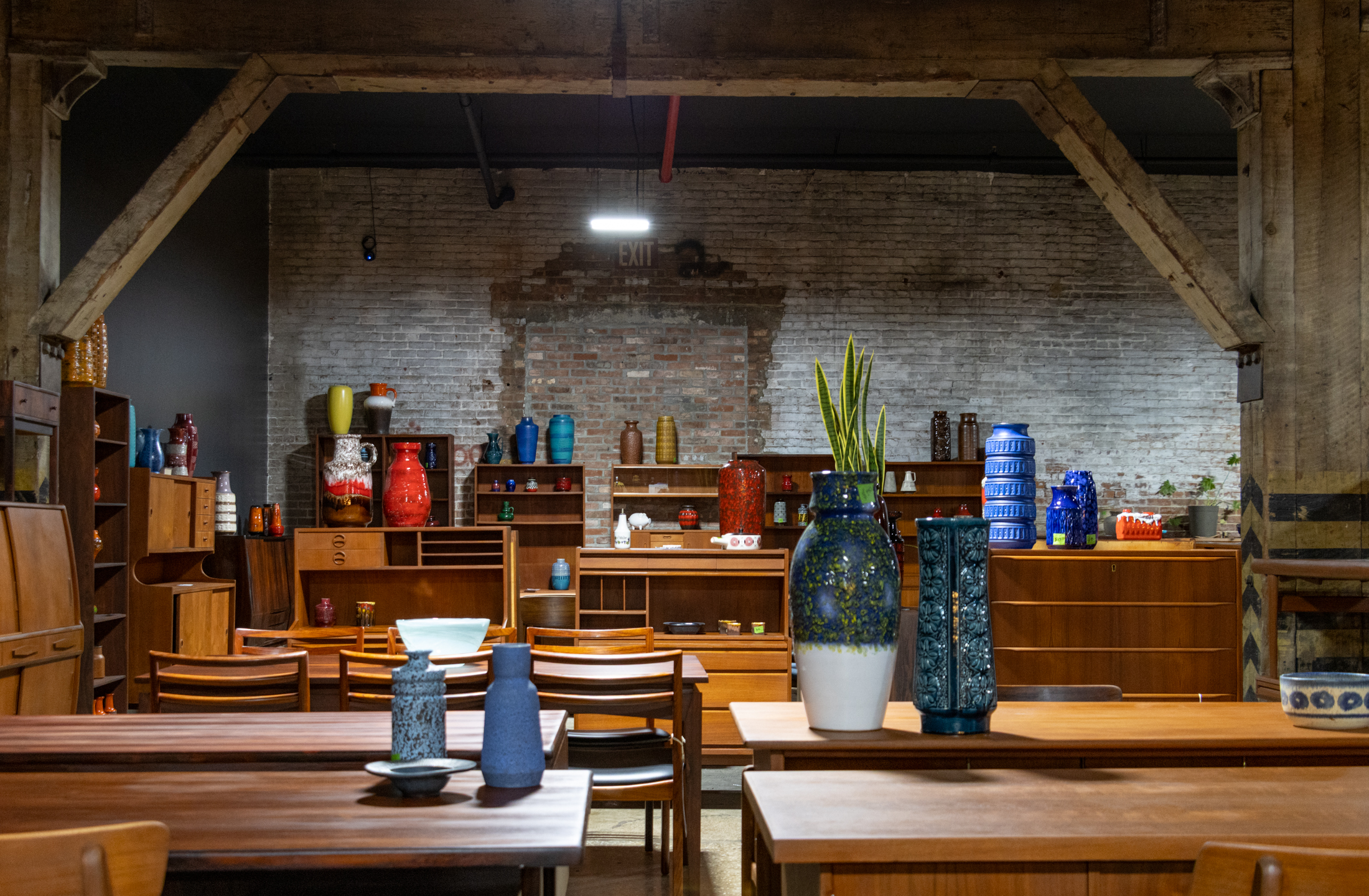Park Slope Historic District Likely to Expand
The hard work of the Park Slope Civic Council and others is paying off: On Friday, reports The Observer, the Landmarks Preservation Commission began the process of expanding the Park Slope Historic District by officially “calendaring” the revised boundaries; the move would expand the currently western boundary to the far side of 7th Avenue; currently…


The hard work of the Park Slope Civic Council and others is paying off: On Friday, reports The Observer, the Landmarks Preservation Commission began the process of expanding the Park Slope Historic District by officially “calendaring” the revised boundaries; the move would expand the currently western boundary to the far side of 7th Avenue; currently it stops at 8th Avenue between 5th and 15th Streets and the eastern side of 7th Avenue between 5th and Union Streets. The expanded district would also include a couple of cut-outs that remain unprotected on Prospect Park West. If ultimately approved (which is highly likely) the number of protected buildings would grow from 2,000 to over 2,500. You can read the precise boundary definitions on the LPC website.
Park Slope Historic District To Grow [NYO]
Expanding the Historic District [PSCC]





quote:
I can’t fully understand the appeal of Tribeca. Greenich Village, to me, is far more desirable.
tribeca just feels like more gritty urban than the village. tribeca is like park slope on steroids tho (culture wise). the village is beyond redemption at this point, which is kind of a shame. the problem is when you make something a historic district and preserve way too much you wind up attracted too many people with too much money which is usually not good for a neighborhood, at least fun-wise and interesting wise.
*rob*
in my view, landmarking does 2 useful things: 1) it prevents major developments from completely destroying buildings that would be very disruptive; and 2) it gives people who care about their neighborhood and their homes an extra push to do things in the right way. because i fit into the latter category, yeah, it’s going to cost me more.
anecdotally, i had a very minor project that mysteriously got 25% more expensive when i informed the potential contractor that we’d need landmarks approval. i still plan to do it the right way, because i want to be on landmarks’ good side should i ever decide to do anything major. contrast this with an absentee landlord down the street, who has an illegal apartment and has done 2 major renovations over the last 15 years but has no DOB permits on record. think that guy is going to submit a paint chip when he decides to paint his door? think he’s gonna care when he gets a fine for installing a flood light in his areaway?
“because the boundaries of park slope have gotten more stretched out than jenna jameson’s vagina in the last 10 or 20 years? ”
This quote seems to indicate to me that you may have a deep seated hatred of women.
Well MM true and then again no – sure landmarking doesnt cost owners out-of-pocket day 1; BUT markets dont move exactly linearly either. If the City puts additional burdens on an owner, even if the owner isnt going to have to pay day one, the owner is going to psychologically realize that in order to make the rental worthwhile over the long-term, he’s going to have to charge more rent. (if the market wont support the necessary rent, the apartment may go unrented thereby limiting supply)
Its sort of like when the oil spill 1st happened and shrimp prices spiked – in reality 99% of the shrimp you eat is frozen and months old BUT the distributors knew that in the future prices were going up, so they started charging more IMMEDIATELY.
And even for the owner who has no intention of ever doing a repair, or complying with Landmarking – if most rents go up, then he will charge more as well – since he can.
the point of all this is to say – that it may be worth it, it may serve an important social function, etc BUT landmarking costs $ and one of the direct results is higher rents (than otherwise would be). The argument has to be based on the benefits of the landmarking over the resulting cost/rent increases and not denial of the cost/rent increases themselves – because the latter argument fails on review.
>Those are the kinds of “alterations” that landmarking was designed to stop, and that protection is still worth, to me, the aggravation of all of the rest of it.
I guess I just don’t get my point across.
YES, YES, I fully agree. I’d willingly sign on to a document (covenant?) that states that I will not materially change the aspect of my house, tear it down, put up vinyl siding, add a garage or an ugly awning.
What I do not want is being told 1) what color to paint my door 2) what light fixture I have hanging outside 3) that I can’t have energy efficient windows unless that happen to ‘look’ like 150 yr old windows; 4) have to get a certificate of crap before replacing my skylight which can be done in a day and no one’s the wiser (or sadder.)
>with the same “authentic” markings in the same place on every tile
See? That’s exactly what Im talking about. You want the new to look exactly like the old, then it’s ok even if it’s ‘fake’ (aka modern material). No! Just because it had a slate roof in 1860 does not mean it should have on in 2010.
is the real reason they want to expand it because the boundaries of park slope have gotten more stretched out than jenna jameson’s vagina in the last 10 or 20 years? so people can now officially say they live in park slope proper?
i mean there’s just as much history in those dumpy buildings on 4th avenue (in fact id say more fun history in fact), why stop where they are stopping? why not just keep going til you hit the gowanus?
*rob*
I agree with Montrose. Tribeca is likely close to Greenwich Village in terms of housing cost and it has nothing to do with the tenure of the housing stock. Having said that, I can’t fully understand the appeal of Tribeca. Greenich Village, to me, is far more desirable.
But fsrg, not everyone, at the same time, is going to fix up the hundreds of buildings in an historic district. Raising the rent is based on lots of factors, including being consistant with what the market in that neighborhood can bear. Rents are going to go up incrementally anyway, everywhere. It’s inevitable, unless the whole economy tanks again, which I fervently hope does not happen. I don’t hold that landmarking, per se, is going to shoot rents up across the board.
Please rob, at least pick arguments that make sense, like everyone else. The Village would be expensive because of its location in lower Manhattan, even if it looked like a Soviet apartment block. But it would not be nearly as desirable, or a tourist attraction, bringing plenty of money and commerce into the city. It also wouldn’t be a repository of some of NYC’s oldest housing, built by the famous and the unknown, housing the famous and the unknown. It’s living, breathing history. Even people who don’t care about history, per se, can feel it, walking down those blocks which are not scaled for cars, or modern life. That attracts homeowners, renters and business. A vibrant street life, with restaurants and stores and people interacting with each other. You’d have to be wrapped in cotton not to respond to that, and the only reason it’s still there is because people in the Village fought to have it preserved, and actually won.